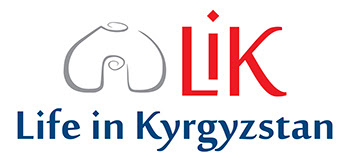While different indices label many countries fragile, the multidimensional nature of fragility suggests that what makes one state fragile may not be relevant in other ones. In turn, often, fragile states have less in common with each other than they do with other non-fragile states. It follows from this that individuals in different places will often experience fragility very differently. By a similar token, however, private endowments – such as socio-economic status, gender, religion or ethnic identity – are also likely to influence how individuals experience a given level of fragility. In turn, some individuals may be reasonably protected from fragility, while others are more damagingly exposed to it.
In this project, funded by the African Economic Research Council (AERC), we test this hypothesis by collecting a bespoke “fragility module” in a household survey collected from rural households in Kenya. This module collects data on three key domains: Human security; economic inclusion; and social cohesion; and asks individuals both about their private experiences of each domain and their perceptions relating to each.
Using this module, we empirically test for differences in exposure to the underpinning level fragility, using this survey. We show that younger people experience fragility worse than older people, as they have less well developed informal networks. Similarly, in rural Kenya, Catholics experience fragility more than either Protestants or Muslims.
Project Details
- Project Year/s: 2016 · 2017
- Donors: African Economic Research Council (AERC)
- Partner/s: Humboldt-Universität
- Region/s: Sub-Saharan Africa
- Theme/s: Human Development · Shocks & Livelihoods
- Research Topic/s: Gender · Institutions & Fragility · Social Cohesion
- Method/s: Cross-sectional Data Analysis · Systematic Review






